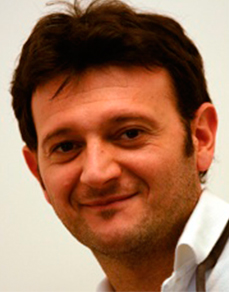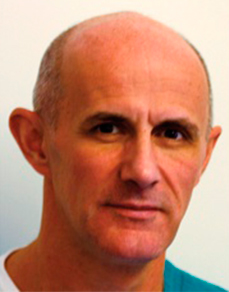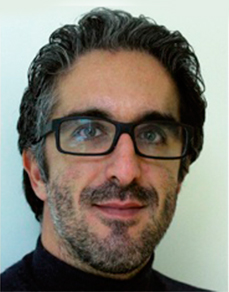Research and clinical experience accumulated over the last decades on prosthetic implants has shown an evolution in the rehabilitative methods of edentulous jaws. Two important results were obtained: an increase of the predictability of the treatments and a reduction in the operating times. Currently, the comparison of the cumulative success rate (CSR) between the traditional protocol and full-arch immediate loading does not show any statistically significant differences, highlighting the predictability of the immediate technique.
With regard to this topic, the creation of a temporary prosthesis in resin equipped with a precise and passive metallic framework seems to be a necessary condition for an implant to be successful.
An unsuccessful implant is strongly correlated to the creation of prostheses without a metallic framework, which shows that it is necessary to minimise the deformations of the prosthesis aid in order to prevent harmful and traumatic stress to the fixtures.
There is much evidence in literature that the precision of the prosthesis is strongly influenced by the transferring of data in the laboratory. To remedy this problem, various authors have proposed techniques for transferring the position of the fixtures onto a master model.
These systematically provide good precision to the detriment of difficult protocols and, at times, dependent operators. In our case, the metallic framework is created by means of a protocol that does not require the taking of imprints, thus eliminating one of the most delicate and important steps for the precision and passivation of the final prosthesis.
This clinical case describes the creation of an immediate temporary prosthesis with satisfying features in terms of resistance, passivation and accuracy in shorter execution times (within 8 hours).
During the clinical phases, the procedures of preparing the metallic framework and its cementing on prosthetic posts are simple and can be carried out with materials easily available on the market.
Radiographic controls show the correct coupling between the mechanical portions splinted between themselves, unlike the cases resolved with the use of single-casting where the most distal elements are often positioned.




